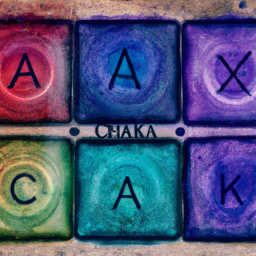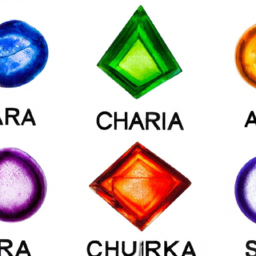
The Evolution and Significance of the Ashoka Chakra in the Indian Flag
The Indian tricolor, with its saffron, white and green stripes, is a flag that symbolizes the rich history and diversity of the nation. However, it’s not just the colors that make the Indian flag iconic and instantly recognizable, but the Ashoka Chakra at its center. The Ashoka Chakra, also known as the Dharma Chakra, has a deep-rooted history and a significant meaning behind its use in the Indian flag. Let’s take a journey through the evolution and significance of the Ashoka Chakra in the Indian flag.
The Origin of the Ashoka Chakra
The Ashoka Chakra derives its name from the ancient Indian ruler, Emperor Ashoka, of the Maurya dynasty. It is believed that Emperor Ashoka was inspired by the “Wheel of Law” and its eight spokes, which symbolized the path to enlightenment and the Eightfold Path of Buddhism. Thus, he adopted the Dharma Chakra as the official symbol of his kingdom and many of his edicts and monuments were adorned with it.

The Inclusion in the Indian National Flag
After India gained independence from British rule in 1947, a new national flag was designed to represent the country’s sovereignty. The Tricolor with the Ashoka Chakra at its center was adopted as the Indian National Flag on July 22, 1947. The Dharma Chakra, with 24 spokes, replaced the traditional spinning wheel in the center of the flag. The inclusion of the Ashoka Chakra in the Indian flag was a symbol of India’s ancient heritage, along with a representation of unity, truth, and progress.

The Meaning Behind the 24 Spokes
The 24 spokes in the Ashoka Chakra have different interpretations and meanings. The first interpretation is that it represents the 24 hours of the day, symbolizing the timelessness and the continuous progress of the nation. Another interpretation is that the 24 spokes represent the 24 virtues of Buddhism, such as love, patience, and compassion, which are essential for a righteous and just society. These spokes also symbolize the equal distribution of power and rights among all citizens of the country.
The Ashoka Chakra and Law Enforcement in India
The Ashoka Chakra has great significance in India’s law and order system. The Indian police service also has a version of the Ashoka Chakra as its emblem. It depicts four lions standing back to back, representing courage, power, pride, and confidence. These traits are essential in the role of law enforcement, and the emblem serves as a reminder to uphold the justice system and serve the people of India.

Conclusion
The Ashoka Chakra in the Indian flag and its various interpretations and meanings make it a significant and powerful symbol of the nation’s rich history and values. It is a reminder of the country’s ancient roots and serves as a beacon of unity, progress, and justice. The Ashoka Chakra is not just a mere part of the national flag, but it holds a deep significance in the hearts and minds of the Indian people, making it an integral part of the nation’s identity.





Fascinating! Interesting post; I’m looking forward to reading more about it!
Great post, excited to learn about India’s fascinating history!